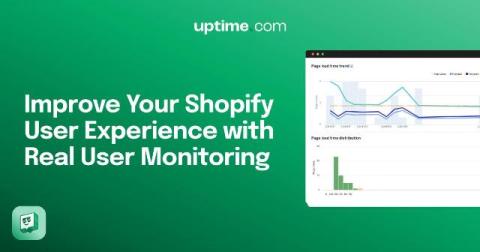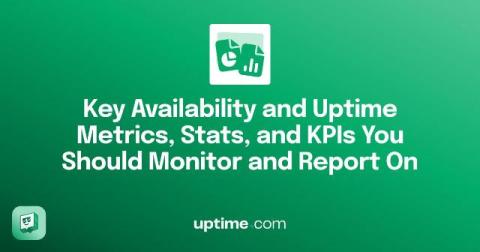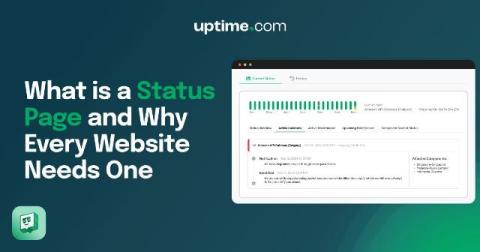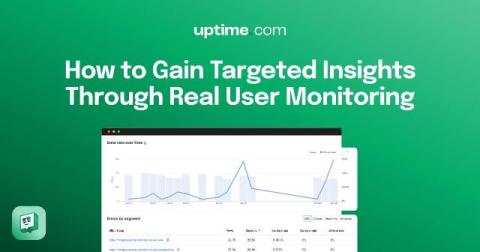Improve Your Shopify User Experience with Real User Monitoring
In the modern world of e-commerce, customer expectations are sky-high: online shoppers are used to seamless user experiences, even with massive online retailers operating at scales that were previously unthinkable. Services like Shopify provide accessible modern storefronts and payment processes, reducing the need for significant backend work to get an online store up and running.












